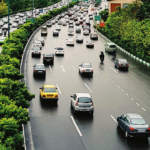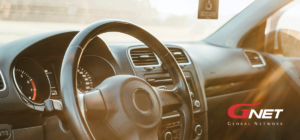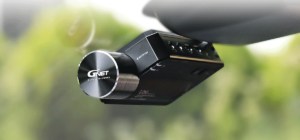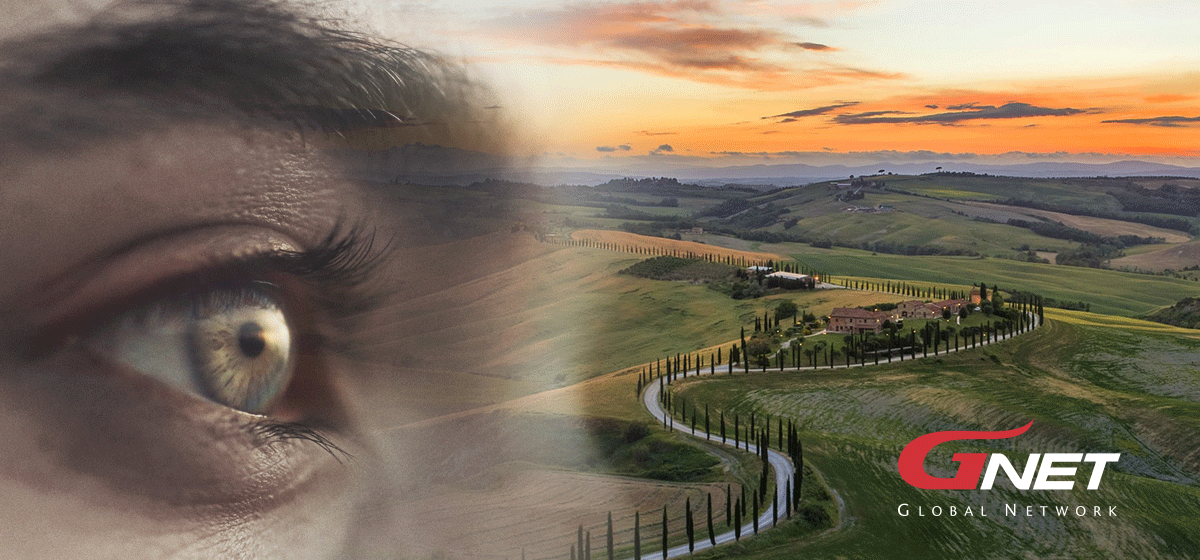
You probably have heard HDR in the television-commercial advertisement. HDR(High Dynamic Range) is a technology that extends the range of color from the darkest to the brightest part as close as possible with what we see through our own eyes. In terms of technique, the range of brightness perceived by the human eye is about 10,000 nits. With images inputted into conventional displays being about 100 nits LDR(Low Dynamic Range) or SDR(Standard Dynamic Range), it has limitations in implementing realistic quality. HDR expands traditional DR more extensively, increasing the contrast ratio (the difference between the brightest and darkest parts of an image) of an image and expressing the variety of brightness that exists in reality, from intense sunlight to stars in the night sky.
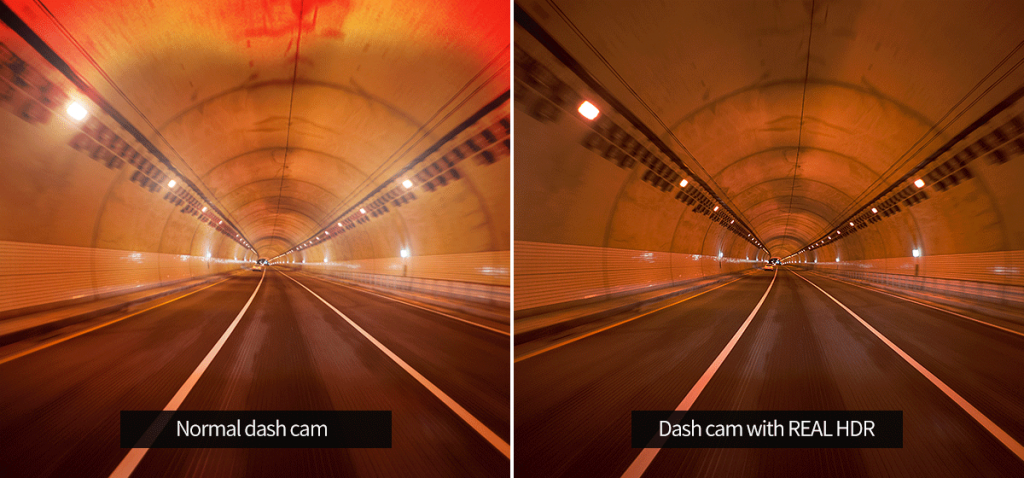
We tended to think the brightest makes images the best. Is it right? The answer is “Yes” or “No”. Brightness is one of the key factors that make an image look better, but it doesn’t always mean image clarity. Compared to non-HDR images, it looks darker, especially during the day. However, even if the brightness is unconditionally increased, the distinction between objects may become unclear due to the diffusion of light.HDR has a high contrast ratio, which reduces brightness in bright areas and brightens dark areas, creating a natural image. For example, saying you filmed a bright street lamp and a car. If the brightness is set to fit the street lamp, the picture will brighten, leaving the car’s details that receive the street lamp split and street lamplight. Instead, the background of the street lamp not shining is black and invisible because the bright street lamp has lowered its sensitivity to light so that it does not fade white. However, if you set the camera so that the background of the streetlight does not shine, the streetlight part will be taken too bright and faded. At this time, the dead background part and the blown streetlight part are the brightness located in the outer area of the DR. HDR is a technology that maximizes such dynamic range to capture both dark background and bright streetlights in a single photograph.
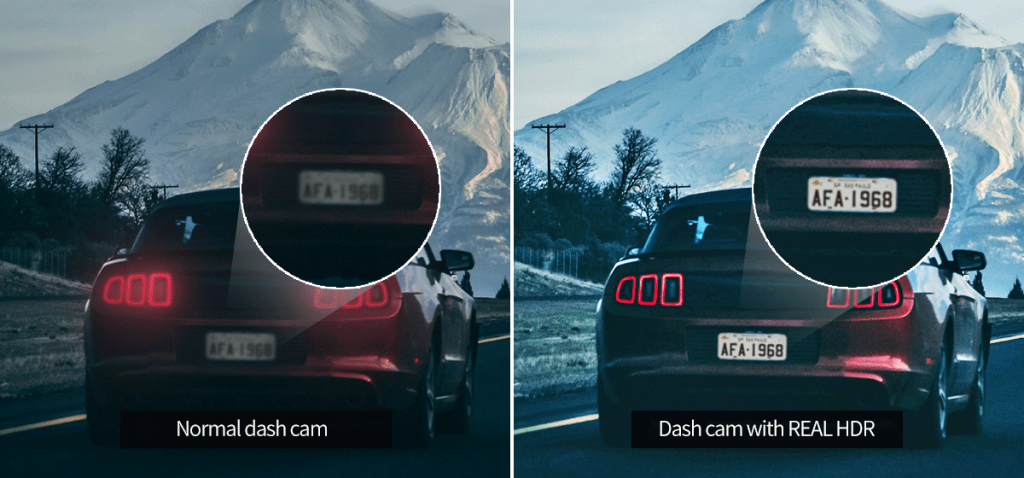
These features stand out in dash cam recording. The biggest reason for using the dash cam is to check the fault with the other vehicle in the event of a traffic accident, and if the screen is too dark or too bright, it can be difficult to identify the license plate of the surrounding vehicle at the time of the accident and judge that it is whose responsibility. Even in situations where there is a risk of hit-and-run or similar accidents, it is often impossible to report because the license plate is unreadable or even find the perpetrator at all. To avoid this unreasonable situation, it is very important to install a dash cam with HDR.
Conclusion:
Guardians on the road™ apply HDR to all models for better video capture day and night. A dash cam with a clear image can make you feel much safe when you drive.
For further information, please visit:
Instagram: https://www.instagram.com/gontheroad_official/
Twitter: https://twitter.com/GONTHEROAD1
Facebook: https://www.facebook.com/gontheroad.official
YouTube: https://www.youtube.com/c/GONTHEROAD
Photo – taken by GNET SYSTEM
Author– Mimi Lee
SOURCE GNET SYSTEM


























